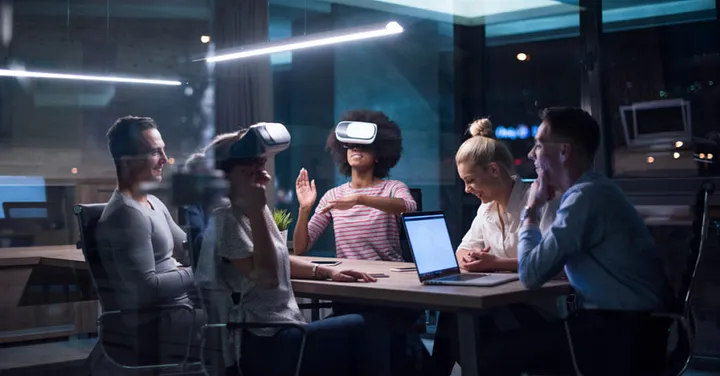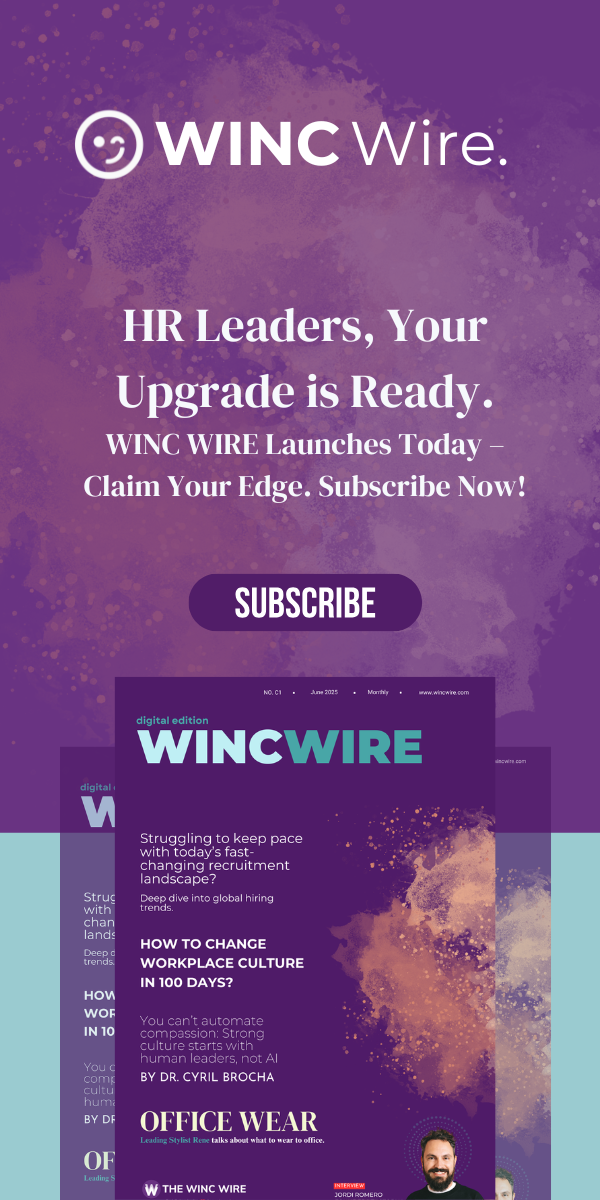Let’s not sugar-coat it the world of work is evolving at a pace that makes yesterday’s solutions feel like ancient history. What once sustained a team or propelled a strategy can now feel clunky or irrelevant. If we want our organisations to not just survive but truly thrive, we must trade rigidity for agility and short-term fixes for forward-thinking design.
I’ve seen it across sectors from the frontline hospitality teams I once led to fast-scaling HR functions in the automotive space: cultures of excellence don’t happen by chance. They’re engineered through empathy, flexibility, and the courage to lead differently. In this piece, I’ll share practical ways we can future-proof the employee experience while keeping humanity at its core.
AI Is Here to Stay But Empathy Still Leads
Artificial intelligence is no longer a horizon technology it’s already working alongside us. From analysing data at scale to automating repeat tasks, AI has quickly become the silent engine behind many modern business operations.
But here’s the heart of the matter: algorithms don’t replace authenticity. Data can inform decisions, but it’s human intuition that transforms them into meaningful action.
Here’s how we bring both worlds into harmony:
- Invest in Upskilling – Equip your people to work with AI, not against it. When teams understand how tools function, they feel empowered — not displaced.
- Preserve Empathy – Don’t allow process automation to erase human nuance. Customer service, performance conversations, mentoring — these moments demand emotional intelligence.
- Co-create the Rollout – AI shouldn’t be imposed top-down. Involve employees in integration plans. Make change something they can influence, not simply endure.
Picture this: your marketing team leverages AI to surface behavioural patterns, freeing up hours previously spent on spreadsheets. But it’s still their human storytelling that shapes campaigns that resonate. That blend operational precision powered by creativity is the future of work.
Hybrid Work: Designing with Purpose, Not Just Policy
When remote working took off, many saw it as a temporary fix. Today, it’s clear: flexibility isn’t a perk it’s a structural expectation. But hybrid working isn’t simply splitting the week between home and office. Done well, it’s an ecosystem where autonomy, clarity, and collaboration converge.
How do we get it right?
- Start by Listening – Not all teams are the same. Engineers, customer service reps, HR strategists each has different rhythms. Ask, don’t assume.
- Reimagine the Office – If someone is commuting in, make it count. Let your workplace be a hub of creativity and team spirit —not just another desk.
- Stay Nimble – Flexibility shouldn’t be fixed. Revisit policies. Tweak. Adjust. The moment hybrid working becomes rigid, you lose the very benefit it offers.
Think of it like this: a finance team works remotely three days a week, diving deep into complex data, then regroups in person for two days of planning and connection. The result? Heightened focus and shared purpose. It’s not about location it’s about intentionality.
Well-being: From Token Gesture to Strategic Priority
Let’s be direct if your workforce is exhausted, your business is underperforming. Yet many still treat well-being like a Friday add-on. True leaders understand it’s the very foundation of sustainable success.
In my time leading people operations, I’ve learnt this truth: productivity follows psychological safety, not the other way around.
To move well-being from theory to reality:
- Embed It Culturally – Let leaders model healthy work habits. If managers don’t take lunch breaks, neither will their teams.
- Prioritise Mental Health – Offer real support: counselling, awareness sessions, digital tools. Gym memberships are fine —but mindfulness may be more valuable.
- Manage Workload Like a Risk Factor – Regularly audit team capacity. Redistribute where needed. Burnout is a silent saboteur of both morale and retention.
Imagine an organisation where mental health isn’t whispered about, where managers check in meaningfully, and workload conversations happen as frequently as project updates. That’s not fluffy — that’s future-ready leadership.
Culture and Recognition: The Hidden Infrastructure of Retention
If you’re relying solely on pay rises and free coffee to boost engagement, you’re missing the mark. What drives retention is belonging. Culture isn’t built in offsites or plastered on value posters it’s felt in daily interactions.
Across every industry I’ve worked in, from hotels to high-growth ventures, one truth holds: people stay where they feel seen.
To build a culture that lasts:
- Recognise Frequently and Authentically – A well-timed “thank you” trumps an annual bonus in terms of emotional impact.
- Curate Connection – Whether your team is spread across time zones or seated side-by-side, create intentional moments of togetherness.
- Live Your Values – Don’t just print them — practise them. Let values guide hiring, product decisions, even how meetings are run.
Think of a team call where a project manager credits a quiet contributor for problem-solving. That moment doesn’t just lift one person it reaffirms shared values. Recognition isn’t a gesture; it’s a multiplier.
The Way Forward: Human at the Centre
So where do we go from here? Technology will continue to advance. Expectations around flexibility and purpose will grow. But one constant remains: it’s people who drive progress.
Let’s build future-ready organisations by anchoring them in what matters most human connection, empathy-led design, and a culture where everyone feels they belong.
Yes, bring on the AI. Yes, refine your hybrid strategies. But always remember the most enduring innovations are those that make us more human, not less.




